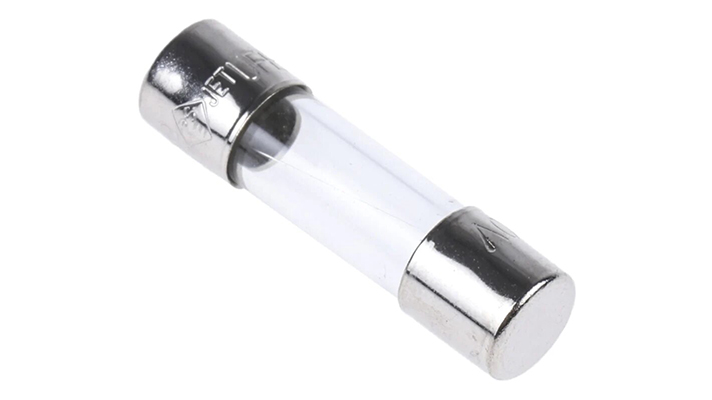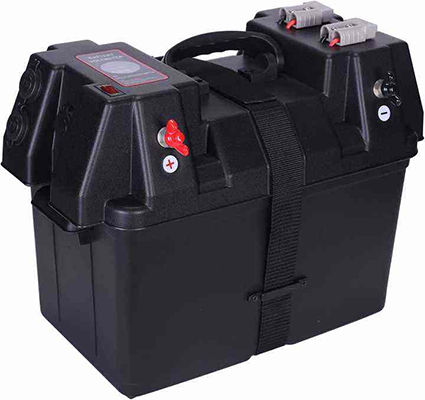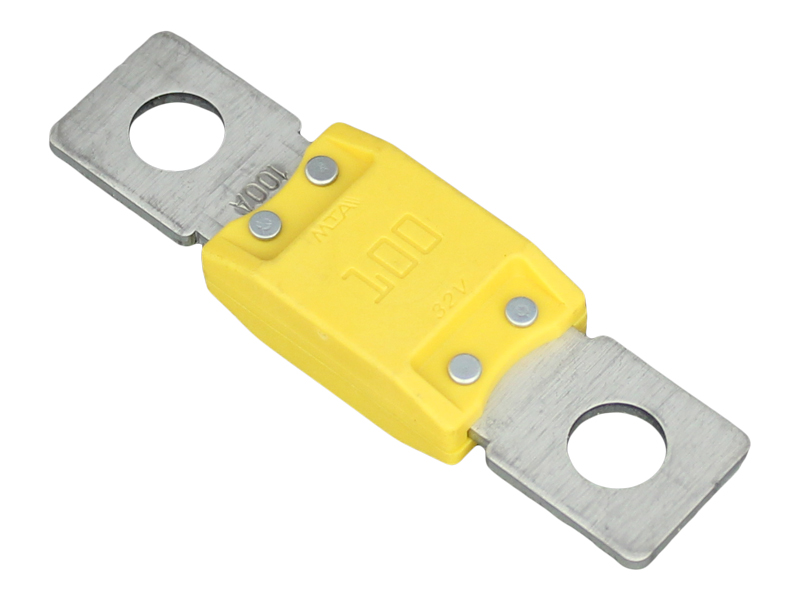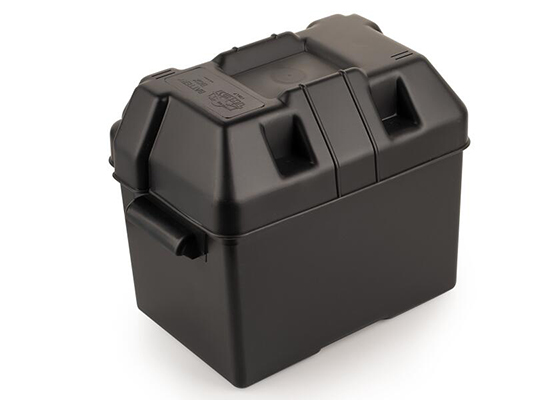The Critical Function of Glass Fuses in Protecting Car Airbag Systems
News 2025-10-27
In the realm of automotive electronics, glass fuses play a pivotal role in safeguarding critical systems like airbag circuits. These components act as essential barriers against electrical overloads, ensuring that airbag deployment remains reliable during accidents. By interrupting excessive current flow, glass fuses prevent potential damage to sensitive wiring and components, thereby enhancing overall vehicle safety. Their compact design and precise operation make them ideal for the high-stakes environment of modern cars, where every millisecond counts.

Glass fuses find extensive use in various automotive applications, particularly in airbag circuits where rapid response is crucial. In these systems, fuses protect against short circuits that could delay or fail airbag activation, potentially saving lives in collisions. Beyond airbags, they appear in engine control units and lighting systems, but their role in safety features stands out due to the need for unwavering reliability. Engineers select glass fuses for their ability to handle the specific voltage and current demands of automotive environments, ensuring seamless integration into complex vehicle architectures.
One of the standout features of glass fuses is their fast-acting nature, which allows them to blow quickly in fault conditions, minimizing risk to airbag circuits. This rapid response stems from their low melting point material, providing superior protection compared to other fuse types. Additionally, glass fuses offer excellent durability against vibration and temperature fluctuations common in vehicles, maintaining performance over long periods. Their transparency also aids in easy visual inspection, a practical benefit for maintenance teams working on safety-critical components.


